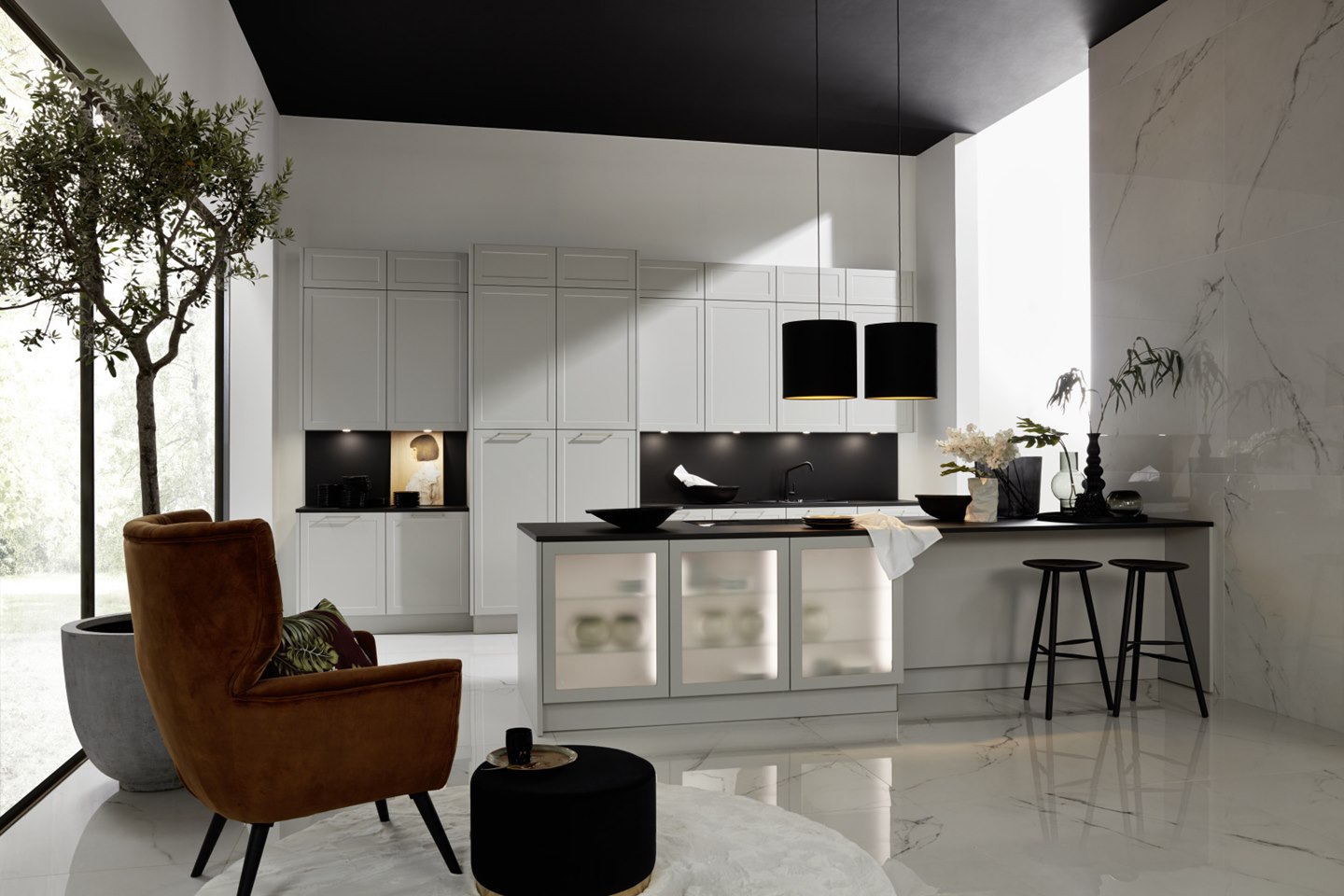
Japandi Style: The Harmonious Fusion of Japanese Minimalism and Scandinavian Design
Japandi is a fascinating and increasingly popular interior trend that harmoniously combines the aesthetics and design principles of Japanese and Scandinavian styles. This unique style merges Scandinavian simplicity and functionality with Japanese elegance and attention to detail, creating a calm, balanced, and aesthetically appealing atmosphere. In this blog post, we take a closer look at the Japandi style and provide tips on how to incorporate it into your own home.
What is Japandi style?
Japandi is a portmanteau of “Japan” and “Scandi”, representing Scandinavian. It is a design concept that unites the best elements of both styles. The focus is on minimalism, natural materials, and a palette of calming earth tones. In a Japandi room, one often finds a combination of clean lines, functionality, and a touch of warmth and coziness typical of Scandinavian interiors, combined with the Japanese love for nature and craftsmanship.

How to Integrate the Japandi Style into Your Home
- Reduce Clutter:
Start by clearing the space of unnecessary items. Japandi is a consciously minimalist style that values open, airy spaces. - Choose Furniture Wisely:
Look for pieces that are both functional and aesthetically pleasing. Simple, clean lines are key here. - Focus on Quality and Craftsmanship:
Prefer handmade items or those made from high-quality materials. This can range from small decorative items to furniture pieces. - Work with Natural Colors and Textures:
Use a palette of soft, earthy tones and natural textures like wood, linen, and ceramics to create warmth and tranquility. - Bring Nature Indoors:
Integrate plants and natural elements into your interior to create a connection to nature and make the space feel alive.
Key Elements of the Japandi Style
- Natural Materials:
Wood, bamboo, linen, and ceramics are commonly used materials that emphasize naturalness and simplicity. - Neutral Color Palette:
Earthy tones, white, beige, soft grays and greens dominate the Japandi style, creating a calm and relaxing atmosphere. Black is used to set small highlights. - Minimalism and Functionality:
Every item in a Japandi space has a purpose. Unnecessary decor is avoided to achieve a clear and open room design. - Craftsmanship and Quality:
Handcrafted items and high-quality materials are central. This reflects the Japanese appreciation for craftsmanship and longevity. - Connection to Nature:
Plants and natural elements are important to establish a harmonious connection to the outside world.
neoLeaf in Golden Oak: A Japandi Highlight
Our kitchen design with neoLeaf in Golden Oak is a prime example of a space embodying the Japandi style. The elegant golden oak look harmonizes wonderfully with the earthy color palette of the Japandi style, bringing natural warmth to any room. The clean lines and high-quality workmanship emphasize the minimalist aesthetic, while the material and color scheme highlight the element of nature. Completely made of wood, yet this kitchen remains very understated. Pay particular attention to the highlights
What Japandi Style Looks Like in a Nolte Kitchen:
- A design without hanging cabinets
- Consistent line design
- A sideboard playing with different depths
- Round shapes are consistently incorporated, both in handles and generally in room design through the wall
Conclusion
The Japandi style offers a wonderful opportunity to bring calmness and balance into your home. By combining Scandinavian functionality and Japanese aesthetics, a timeless design is created that is both soothing and inspiring. With a few simple adjustments and a focus on quality and naturalness, this unique style can be integrated into any living space.
